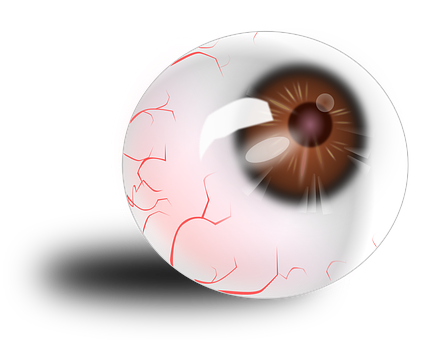Uveitis is an inflammation of the uvea, the intermediate tunic of the eyeball, interposed between the sclera and the retina. This disease can be classified according to its course, acute or chronic, or according to its cause, which can be infectious or non-infectious. If the cause is infectious, uveitis will be due to the presence of viruses or bacteria; if the cause is non-infectious, on the other hand, uveitis is often associated with autoimmune disorders.
Furthermore, depending on the area affected, one can distinguish:
- anterior uveitis;
- intermediate uveitis;
- posterior uveitis;
- panuveiti.

The main symptoms include loss of visual acuity and increased retinal thickness. Lack of adequate and timely treatment can also lead to serious complications. In particular, uveitis affecting the posterior segment can lead to macular oedema, irreversible reduction of visual capacity and blindness.
A drug based on the active ingredient Fluocinolone Acetonide (FAc), belonging to the corticosteroid category and already authorised for the treatment of Diabetic Macular Edema (EMD), has recently been authorised for the prevention of recurrent non-infectious uveitis affecting the posterior segment of the eye.
The drug is administered via the slow-release intravitreal route. The implant allows a low but continuous dose of steroid to be administered with a drug coverage for up to 3 years. This results in a reduction in the number of intravitreal injections to which the subject should be subjected in the case of drugs with a shorter duration of efficacy of the insert .
According to a clinical study on the efficacy and safety of this drug, in the first 3 months after implant placement, it was determined an improvement in visual acuity and a decrease in retinal thickness in 82% and 100% of the treated eyes, respectivelyduring the first three months of follow-up. In the following months of follow-up, a significant improvement in inflammation was observed in 82% of the treated eyes and only 36% presented a recurrence.
The most common side effects encountered were increased intraocular pressure and cataract formation, however with a manageable safety profile and a risk/benefit ratio in favour of the latter.
The undisputed advantages of this device are, therefore, the long-term release of the drug and the fact that it can be injected into the vitreous with a minor surgical procedure, as opposed to other treatment options.
Sources
-Weber L.F. et al. Injectable 0.19-mg fluocinolone acetonide intravitreal implant for the treatment of non-infectious uveitic macular oedema. J Ophthalmol Inflamm Infect 2019; 9:3. https://doi.org/10.1186/s12348-019-0168-9
-Chen S.C., Sheu S.J. Recent advances in managing and understanding uveitis. F1000Res. 2017; 6:280.
Dr. Carmelo Chines
Direttore responsabile
